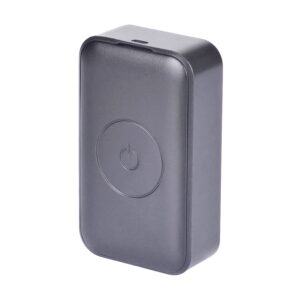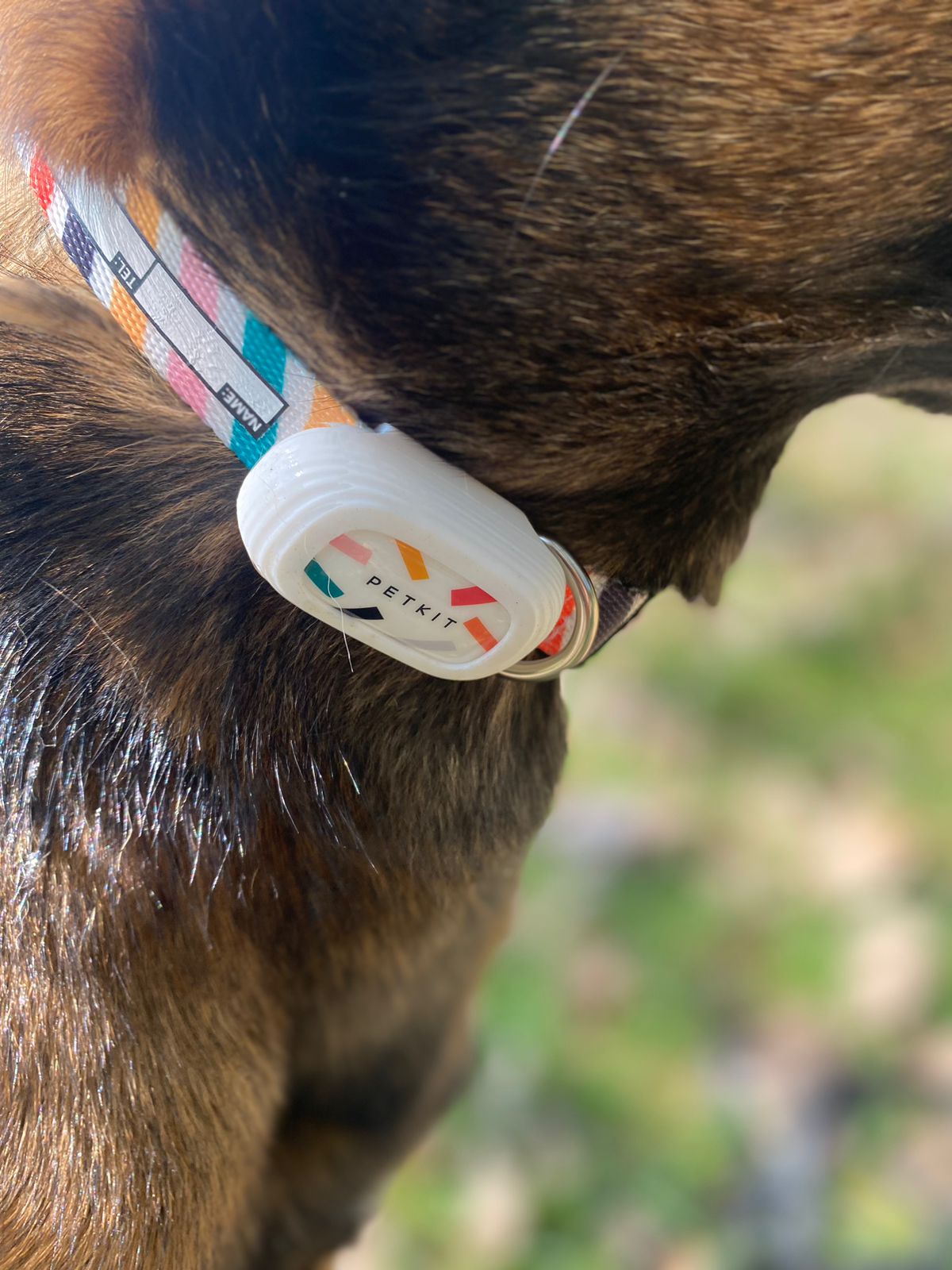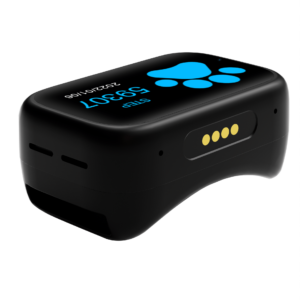What to Do If Your Pet Goes Missing: Step-by-Step Guide + Checklist
When a pet slips out, panic follows. Breathe—we’ve helped thousands of pet parents through this exact moment. The fastest recoveries happen when you act quickly, follow a plan, and keep communication calm and clear. Use this guide to lead your search from the first 10 minutes to day three, with scenario-specific tips for cats and dogs.
Quick Start: First 60 Minutes (Do These Now)
1) Search home and garden first
- Check behind appliances, inside cupboards, wardrobes, under beds, behind curtains, in the garage/shed, and any crawl spaces.
- For cats: sweep with a torch to catch eye-shine; listen quietly between calls.
2) Secure exits and set a “home base”
- Prop the most-used door open if safe. Place your pet’s bed/blanket and your unwashed T-shirt at the entrance to scent-pool.
- Put out water and a small, smelly treat (sardines or warmed wet food for cats; warmed chicken for dogs).
3) Walk the immediate route
- Circle your block slowly. Kneel, turn your body sideways, speak softly. Don’t chase—most frightened pets will flee.
- Carry a leash/carrier and high-value treats.
4) Alert your neighbors immediately
- Ask them to check garages, under decks, and behind bins. Leave your number.
5) Check cameras and apps
- Review doorbell/CCTV and ask neighbors to do the same.
- If your pet wears a tracker, open the app and mark them as “Lost.”
6) Call the microchip registry
- Report your pet as missing and confirm your phone and address are correct.
7) Post a fast, clear alert
- Facebook/WhatsApp: 1–2 photos, last-seen location and time, temperament (“shy—do not chase”), and your best contact number.
8) Prepare 20 posters
- Print bold “LOST DOG” or “MISSING CAT,” one large photo, area last seen, and one phone number you’ll answer.
9) Assign roles
- One person stays home to monitor doors/phones; others search.
10) Stay reachable
- Keep your phone on loud with battery power bank ready.
0–24 Hours: Expand and Organize
- Map your search
- Cover a 1–3 km radius for dogs; a 3–6 house radius for indoor-only cats. Mark sightings and times.
- Door-to-door
- Speak to delivery drivers and walkers. Ask for a text if they spot your pet.
- Place a feeding station
- A bowl of food/water and a small camera or baby monitor near home. Refill at dusk and dawn.
- Posters that get calls
- Put at eye level near intersections, parks, schools, and vets. Keep text minimal and your phone huge.
- Shelter and vet checks
- Visit in person if possible. Leave a poster and your contact details; check back daily.
- Night search
- Go late evening and dawn. Keep it quiet. Use a flashlight low to the ground for eye-shine. Jingle treats lightly.
- Daily update post
- Add date/time and any sightings. Thank people and restate “Please don’t chase.”
24–72 Hours: Sustain and Focus
- Re-check hiding spots
- Many cats hide within 50–100 meters for days. Revisit gardens, under decks, stacked wood, and drain covers.
- Trail cameras and humane traps (for cats)
- If you’re getting regular sightings but no approach, consider a humane trap. Bait with warmed food; monitor constantly.
- Targeted flyering
- If you get a sighting, poster that micro-area immediately and knock on doors.
- Rotate scents
- Refresh bedding/clothing outside; keep food portions small to avoid attracting wildlife.
- Keep calling authorities
- Continue in-person checks at shelters and daily calls to vets.
Scenario Guides
Lost Indoor-Only Cat
- Likely within a few houses, hiding tight and silent. Search low, dark spaces: under decks, inside sheds/garages, behind stacked items.
- Place an open carrier at your door with bedding inside.
- Sit quietly outside at dusk with treats; speak softly. Many indoor cats return when the neighborhood quiets down.
- If seen but won’t approach: set a feeding routine and consider a camera + humane trap.
Night Searches (for cats and dogs)
- Keep it calm—no groups shouting. Walk slowly; pause to listen.
- Use a flashlight near ground level for eye-shine.
- Squeak a toy or crinkle a treat bag, then be silent and listen.
- For skittish pets: kneel, turn sideways, avoid direct eye contact, and toss treats behind you to lure closer.
Newly Adopted or Panicked Dog
- These dogs often “shut down” and evade even their person. Do not chase.
- Set a scent station and feeding station where last seen.
- Return at the same times daily. If sightings cluster, sit quietly on the ground and let curiosity work.
- Ask neighbors not to call or pursue—have them text you instead.
After Moving House
- Dogs may try to return to your previous home. Alert former neighbors; ask them to watch cameras and yards.
- Walk the routes you previously walked together. Leave a scent item at the new and old addresses.
- Cats often hide close to the new house. Work the immediate perimeter thoroughly and repeatedly.
During Fireworks or Storms
- Search early morning and late night when it’s quieter.
- Leave calming scent items out. Keep doors cracked if safe and monitor.
- Alert local groups quickly—runaways spike during these events.
Posters and Social Posts That Get Results
- Headline: LOST DOG or MISSING CAT (huge, bold).
- One clear, recent photo (full body if possible).
- Last seen: time + nearest intersection.
- Temperament: “shy, do not chase” or “friendly, may approach.”
- Reward (optional). Keep the amount off the poster to deter scams.
- One reachable phone number in large print.
Post example:
- Title: LOST DOG – Brown Labrador
- Last seen: Time and Location
- Temperament: friendly but nervous; please do not chase
- Call/SMS: 06X XXX XXXX. Photo in comments. Thank you for sharing.
Who to Notify (and How Often)
- Local shelters/SPCA and rescues: Call and visit in person. Bring a poster; check daily.
- Veterinary clinics and emergency vets: Email your poster and call mornings and late afternoons.
- Municipal animal control: Report your pet as lost; ask about found intakes.
- Microchip registry: Mark as missing and verify your contact details.
- Community channels: Neighborhood WhatsApp groups, “Lost and Found Pets [City]” Facebook groups, school and church groups.
Check back daily for at least two weeks.
Tech That Helps: GPS, Bluetooth, and AirTag-Style Devices
- GPS pet trackers (best for active searches)
- Live location updates, location history, shareable links for search teams, geofence alerts, waterproof options.
- Bluetooth/AirTag-style trackers
- Rely on nearby phones; helpful in urban areas but limited for real-time pursuit and not a pet-specific safety system.
Soft reminder once your pet is safely home:
- Compare GPS trackers for cats and dogs: battery life, size/weight for small pets, waterproof rating, and geofence alerts.
- Explore TailMe trackers in Pet Tracking for real-time peace of mind.
If Someone Spots Your Pet (But They Run)
- Ask for a pin drop or exact landmark and the direction of travel.
- Tell them not to chase or whistle. Quietly observe from a distance.
- You approach: move slowly, turn sideways, crouch, avoid eye contact. Toss treats behind you to encourage following.
- For cats: place food and retreat. For dogs: sit on the ground and wait—patience wins.
After Reunion: Keep Them Safe
- Vet check within 24–48 hours (hydration, minor injuries, parasites).
- Update microchip details and add an ID tag with your mobile number.
- Reinforce home security: fix gates, fences, latches; add door/yard cameras if needed.
- Consider GPS protection suited to your pet’s size and routine.
FAQs
Q: Will my lost pet come back on their own?
- Sometimes—especially indoor-only cats and confident dogs. But waiting reduces your chances. Start the plan immediately while keeping a scent station at home.
Q: How far can a lost cat or dog travel?
- Indoor-only cats often hide very close by (within a few houses). Outdoor-savvy cats can roam farther if spooked.
- Dogs may travel several kilometers, especially if chased or following a scent trail. Focus where sightings cluster.
Q: Should I put my cat’s litter box outside?
- Pros: familiar scent may help some cats orient.
- Cons: can attract other cats/predators and deter your cat. Safer: use bedding/your worn clothing and a feeding station near home.
Q: How often should I check shelters?
- Daily for at least two weeks, and in person if possible. Descriptions vary—seeing animals yourself prevents missed matches.
Q: What’s the first hour plan for a lost dog?
- Home sweep, scent station, slow local walk, neighbors’ yards/garages, microchip alert, fast social post, and posters on key corners.
Q: How do I find a lost indoor cat at night?
- Quiet, flashlight at ground level for eye-shine, sit-and-wait near home with smelly food, repeat at dusk and dawn, and re-check tight hideouts.
Browse more in Pet Tracking when you’re ready—our priority is getting your pet home safe first.








